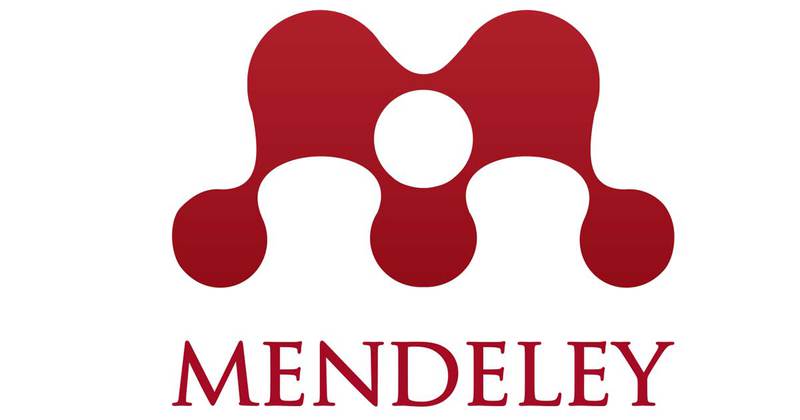| For Authors |
| Editorial Team |
| Reviewers |
| Focus and Scope |
| Author Guidelines |
| Publication Ethics |
| Peer review process |
| Policies |
| Plagiarism statement |
| Author fees |
| History |
| Copyright |
| Download Template |
|
Tools |


|
Indexed By |
The peer-review process can be summarized into 11 steps. However, these steps can vary slightly in practice; these 11 steps can be the best description of the peer review process in the Jurnal Inovasi Ekonomi (JIKO)
1. Paper Submission
The author submits the manuscript via online submission.
2. Editorial Office Assessment
The journal manager/assistant checks the composition and arrangement of the paper against the Writing Guidelines such as Title, Abstract, Author name, email, and affiliation.
3. Assessment by Editor in Chief (EIC) or Associate Editor (AE)
The EIC or AE checks that the paper is appropriate for the journal and is sufficiently original and interesting. Otherwise, the paper may be rejected without further review.
4. EIC/AE Assigned Handling Editor
EIC/AE selects the appropriate handling Editor according to the basic knowledge and specialization.
5. Invitation to Reviewers
The handling editor sends invitations to individuals they believe will be appropriate reviewers—at least one reviewer and generally two in a double-blind format.
6. Response of Reviewers
Potential reviewers consider the invitation to be against their own expertise, conflict of interest, and availability. They then accept or reject. If possible, when declined, they may also suggest alternative reviewers.
7. Reviewing Process
Reviewers set aside time to read the paper several times. The first reading is used to form an initial impression of the work. If major problems are discovered at this stage, reviewers may feel comfortable rejecting the paper without further work. Otherwise, they will read the paper a few more times, taking notes to build a detailed point-by-point review. The review is then submitted to the journal, with a recommendation to accept or reject it or request a revision (usually marked as major or minor) before reconsideration.
8. Post-Review
The handling editor considers all returned reviews before making an overall decision. If the reviews are very different, the editor may invite additional reviewers for second opinions before deciding.
9. Decision
The editor emails the decision to the author, including relevant reviewer comments.
10. Post-Revision by Author
The editor evaluates the results of the revisions that have been made and will give a decision (Accepted, Rejected, or Minor Revision). If necessary, the Editor will communicate with EIC and/or the editorial board.
11. Production and Publishing
Articles that are declared accepted will be forwarded to the production process for final publication
| For Authors |
| Editorial Team |
| Reviewers |
| Focus and Scope |
| Author Guidelines |
| Publication Ethics |
| Peer review process |
| Policies |
| Plagiarism statement |
| Author fees |
| History |
| Copyright |
| Download Template |
|
Tools |


|
Indexed By |

This work is licensed under a Creative Commons Attribution-ShareAlike 4.0 International License.
Lembaga Pengkajian Dan Pemberdayaan Perempuan dan Anak
Universitas Muhammadiyah Malang
Jl.Raya Tlogomas No.246, Tlogomas, Lowokwaru, Kota Malang.
Dini Kurniawati
WA : 081234267539
Telp : 0341464318 EXT. 281
Phone: 081234267539
Email: jpa@umm.ac.id
Taruna Balong Islami
Phone: 082340147936
Email: islami9798@webmail.ac.id
